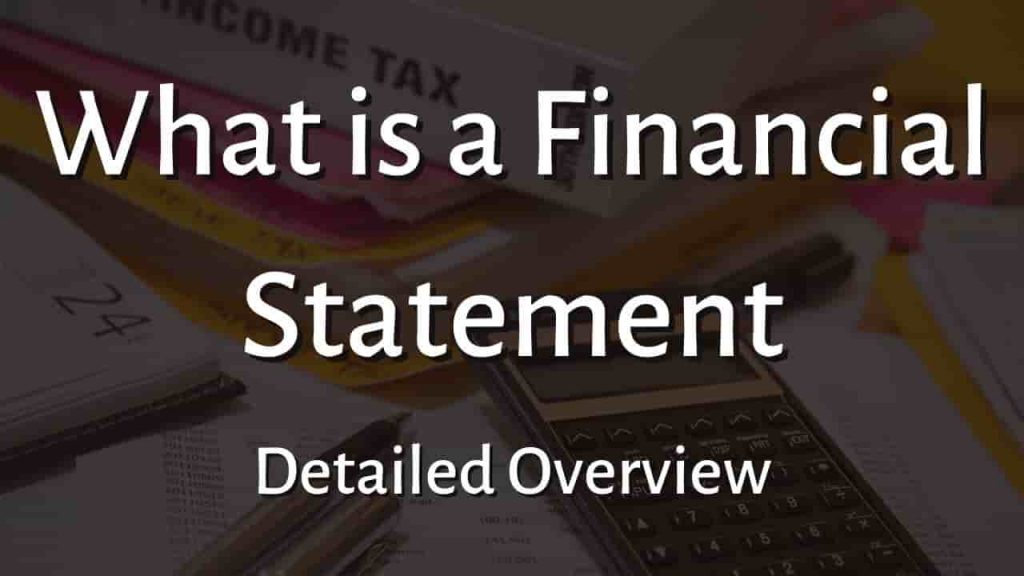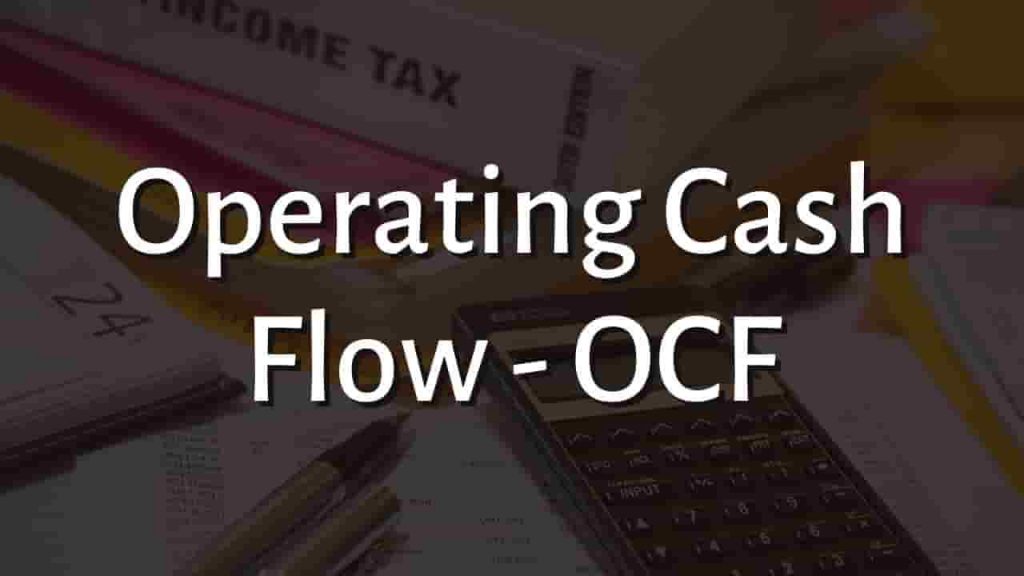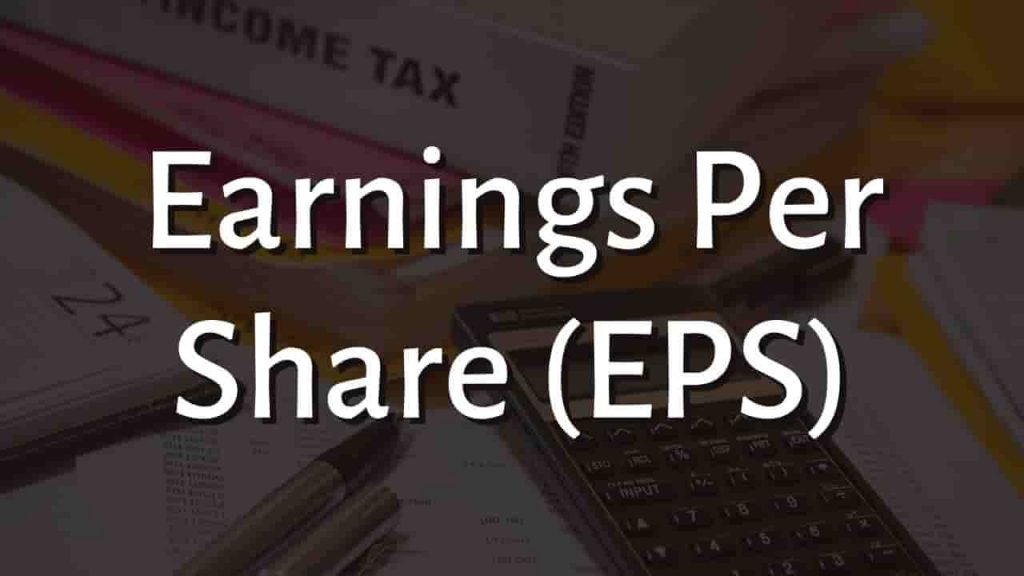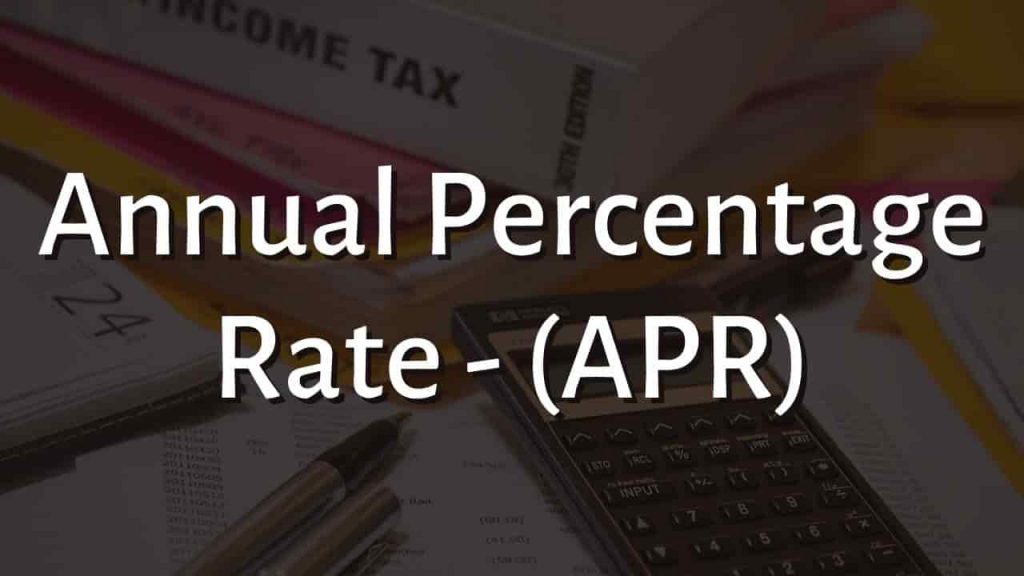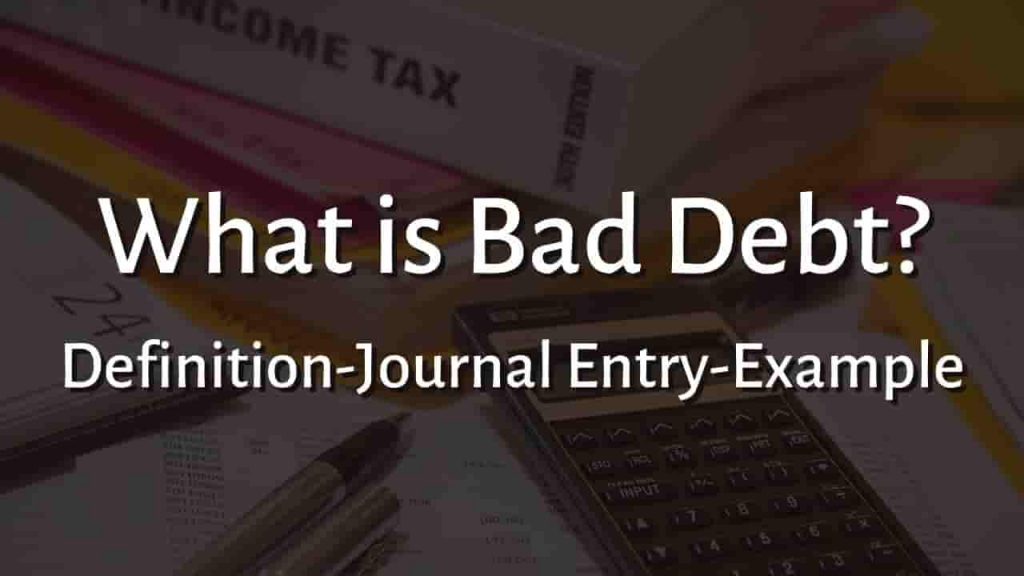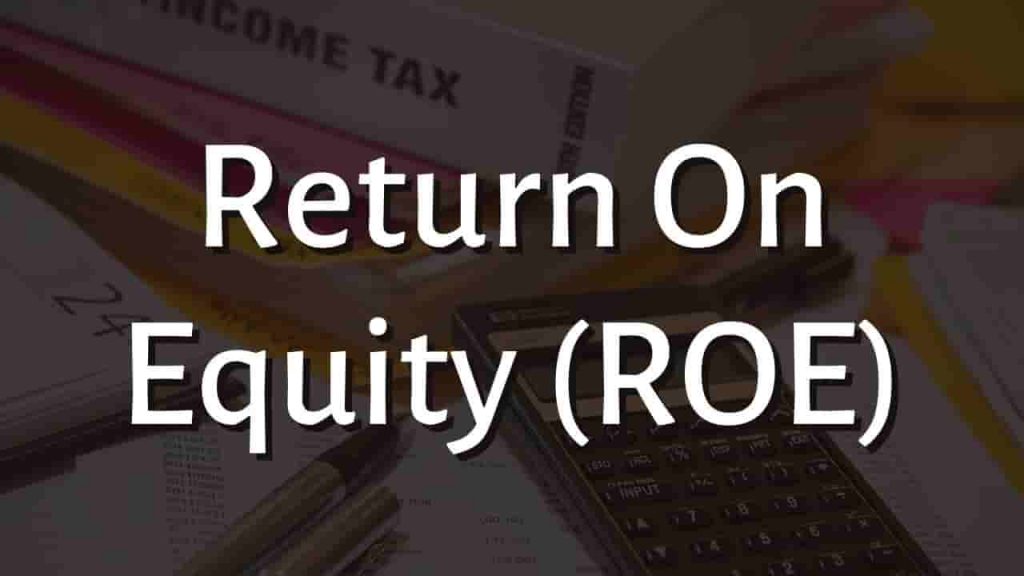Table of Contents
Financial Statement
A financial statement means reports on the activities of a business. These reports are a comprehensive way of communicating financial information to the users.
When the trial balance has been prepared, our immediate task is to prepare the financial statements according to the sequence of accounting procedures. Financial statements include the following reports:
Income Statement
The income statement is a statement in which revenues and expenditures are matched to arrive at a profit or loss figure. Many businesses try to distinguish between a gross profit earned on trading and a net profit after other income and expenses.
In the first part of the income statement (the Trading account), revenue from selling goods is compared with direct costs of acquiring or producing the goods sold to arrive at a gross profit figure.
From the gross profit figure, the deduction is made in the second half of the income statement
(which is called income and expenditures Account) regarding indirect costs and additions for non-trading income. In other words, an income statement is divided into two halves:
i. Gross Profit = Sales – the cost of goods sold
ii. Net Profit = Gross Profit – Expense + Non-Trading Income (Income from other sources)
The income statement explains in depth how a period’s profit or loss was generated.
Deconstructing the Income Statement: Elements in Detail
Revenue (or Sales): This figure constitutes the total income derived from the company’s primary operations.
Cost of Goods Sold (COGS): These are the direct costs associated with producing the goods or services sold. It encompasses expenses like raw materials, labor, and manufacturing overheads.
Gross Profit: Calculated by subtracting COGS from revenue, this represents the profit margin before accounting for operating expenses.
Operating Expenses: These include selling, general, and administrative expenses (SG&A) incurred in the day-to-day operations of the business.
Operating Income (or Operating Profit): This is the profit generated from the core operations of the company before considering interest and taxes.
Interest and Taxes: These are the financial costs and taxes paid by the company, impacting the net profit.
Net Income (or Net Profit): This is the final, bottom-line figure after accounting for all expenses, interest, and taxes.
Balance sheet
A balance sheet is a statement of the liabilities, capital, and assets of a business at a given moment in time.
In other words, a balance sheet is a list of assets, liabilities, and capital of a business at some specific point in time. A balance sheet is prepared at the end of the accounting period to which the financial statements relate.
Components of a Balance Sheet: A Closer Look
Assets: This section encompasses everything a company possesses, including current assets (like cash, accounts receivable, and inventory) and non-current assets (such as property, plant, equipment, and investments).
Liabilities: Here, we encounter the company’s obligations, both short-term (like accounts payable and accrued expenses) and long-term (such as loans and deferred tax liabilities).
Equity: Also known as shareholders’ equity, this segment represents the residual interest in the assets after settling liabilities. It includes common stock, retained earnings, and additional paid-in capital.
A balance sheet is very similar to the accounting equation. A balance sheet is divided into two halves:
i. Capital and liabilities in one half called “Equity” section and
ii. Assets in the other half
The order of items or elements in the balance sheet:
A balance sheet lists assets, liabilities, and capital in a particular order. This order is not compulsory; however, you should try to get into the habit of using the conventional order of items yourself.
The format most commonly used in the report form balance sheet (or vertical balance sheet format), which lists:
(a) Net assets above and capital below or
(b) Fixed assets and net current assets above, with capital and long term liabilities below or
(c) Assets above and liabilities (including capital below) or
(d) Capital and liabilities above, with assets below.
Note: there is no hard and fast rule about the order of items in the report form (or vertical) balance sheet.
Order of items within categories:
Students should note the following points:
(a) Fixed assets are listed in descending order of “length of useful life.” The building has a longer life than furniture and fixtures, which perhaps have a longer life than motor vehicles. This is a way the fixed assets are listed in the order shown above.
(b) Current assets are listed in descending order of the length of time it might be before the assets are converted into cash. Inventory will convert into accounts receivable, and Account receivable will convert into cash, and so inventory, accounts receivable, and cash will be listed in that order. Because they are similar to Account receivable, prepayments should be listed after Accounts receivable and before cash.
The Distinction between Income Statement and Balance Sheet
Following are the difference between in Income statement and the Balance sheet:
| Income Statement | Balance Sheet |
| 1. It is prepared for an accounting period. | 1. It is prepared for the last day of the accounting period. |
| 2. It records only incomes and expenses. | 2. it records only assets, liabilities and capital |
| 3. It shows how the profits are earned or losses are incurred. | 3. It shows the financial position of the business. |
| 4. The accounts that are transferred to the Income statement are closed. | 4. The accounts that are transferred to the balance sheet are not closed. |
| 5. The balance(net profit or loss) of this statement is transferred to the capital account in the balance sheet | 5. The balances of this statement become the opening balance of the next period. |
The Cash Flow Statement
The Cash Flow Statement is an intricate document that meticulously traces the inflow and outflow of cash within a business over a specific period. It comprises three vital sections: Operating Activities, Investing Activities, and Financing Activities.
Navigating Through the Cash Flow Statement: A Detailed Exploration
Operating Activities: This section captures cash flows stemming from the company’s day-to-day operations. It includes receipts from customers, payments to suppliers, and employee-related disbursements.
Investing Activities: This segment encapsulates cash flows associated with the acquisition or disposal of long-term assets, including purchases of property, equipment, and investments.
Financing Activities: Here, we find cash flows from activities involving the company’s owners and creditors. This covers activities like issuing or repurchasing stock, and borrowing or repaying loans.
Conclusion:
A profound grasp of financial statements is quintessential for sound financial analysis and decision-making. By immersing yourself in the intricacies of the Balance Sheet, Income Statement, and Cash Flow Statement, you’ll be empowered to assess a company’s financial health, profitability, and liquidity. Remember, these statements are invaluable tools in evaluating and managing a business’s financial performance with precision and confidence.
We also have:
What is Journal Entry in Accounting?
What is Trial Balance in Accounting?
For more, click here, and if you are looking for complete forms of different acronyms and words, check out this list. You are going to find this helpful. We also have an Essay on every topic; check the complete list here. If you are Studying in Matric Free Video Lectures of Maths, Physics and English are here, and we have got you covered for I.COM Business Maths.

